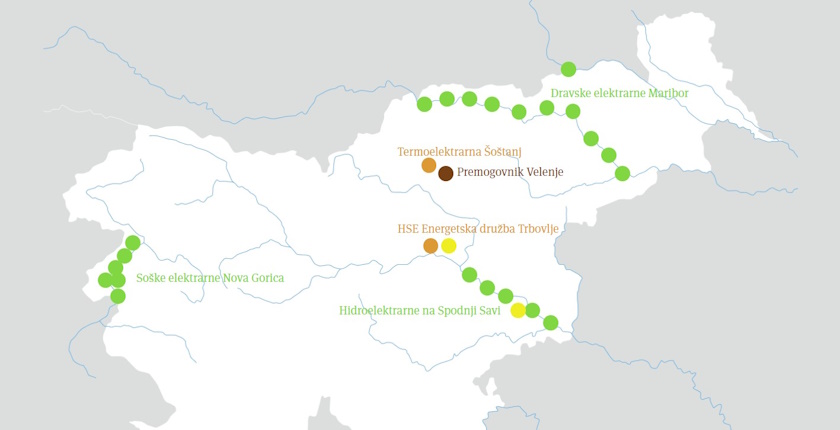
Photo: HSE
Slovenia’s state-owned power utility, Holding Slovenske Elektrarne, posted a EUR 391 million profit in 2023, following a loss of EUR 272 million in 2022. By 2035, the company plans to build renewable energy power plants with a capacity of 1,751 MW and flexibility facilities with a capacity of 800 MW.
The power plants operated by Holding Slovenske Elektrarne (HSE) generated 6,581 GWh of electricity in 2023. The amount is 10% above the plan and 30% higher than in 2022, according to HSE Group’s Annual Report 2023.
The good results were driven by favorable conditions on the European energy markets for the sale of HES’ own energy and trading, favorable natural conditions, and successful management of the production in the Velenje coal mine, the company said.
HSE Group posted a record EBITDA, of EUR 643 million, in 2023, EUR 143 million higher than planned. In 2022, EBITDA was a negative EUR 124 million.
Subsidizing electricity consumers through a lower price cost HSE EUR 85 million
According to HSE CEO Tomaž Štokelj and CBO Uroš Podobnik, the results were driven by the optimization, constant improvements of business processes, and good risk management in electricity production and sale.
The report underlines that the company sold electricity to end-consumers at regulated prices that were significantly lower than market prices. The cost of supplying 264,000 households and 16,000 small businesses amounted to almost EUR 85 million and was borne by HSE, the document reads.
The two executives highlighted the successful completion of arbitration proceedings against RiTE Ugljevik, the firm operating the Ugljevik coal mine and a 300 MW thermal power plant in BiH, as an important turning point in 2023. HSE was awarded EUR 125 million, while RiTE Ugljevik also has to supply it with one third of the electricity it produces.
The deliveries started on February 1, 2024.
Investments depend mostly on future electricity and CO2 prices
One of the company’s strategic goals until 2035 is to increase the share of renewable energy sources. By 2030, it intends to build solar power plants with a capacity of 800 MW, and by 2035, a total of 1,400 MW. Currently, HSE has photovoltaic plants with a capacity of less than 10 MW, including Zlatoličje and Prapretno.
In terms of capacity, hydropower plants are in second place, with 100 MW planned by 2035, followed by heat production, with 80 MW. The company also intends to produce 3,000 tons of hydrogen by 2035.
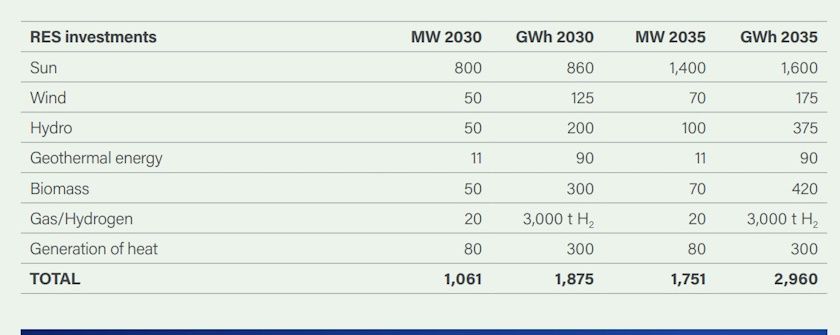
To ensure flexibility, HSE will rely mostly on pumped-storage hydropower plants, so it will build 590 MW in total. The company now operates two such facilities, Avče and Golica, with a total capacity of 191 MW.
It plans to install 150 MW of batteries and 50 MW electrolyzers for the production of hydrogen by 2035. Of note, the HSE group currently manages power plants with a total capacity of 2,000 MW. The most important facilities are hydropower plants and the coal-fired power plant Šoštanj (TEŠ).
Success in achieving HSE Group’s strategic goals depends largely on two key parameters: the price of electricity and CO2 allowances, according to the report.







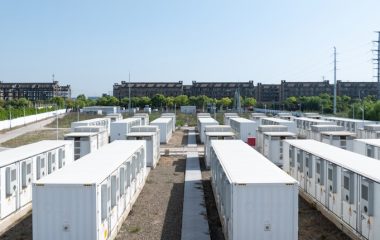
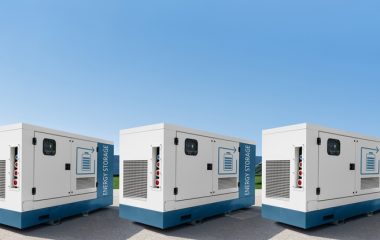
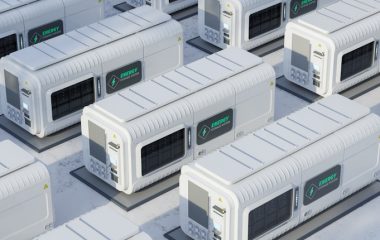
Be the first one to comment on this article.